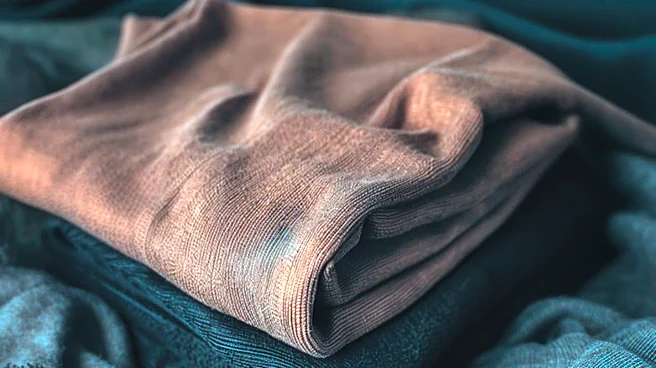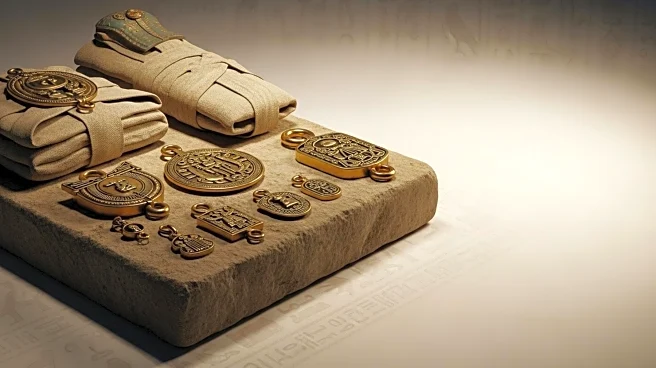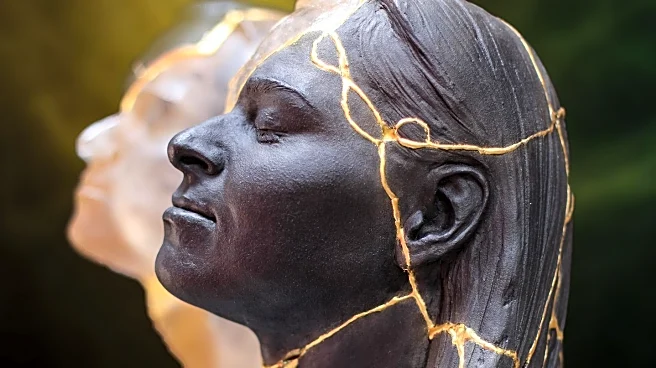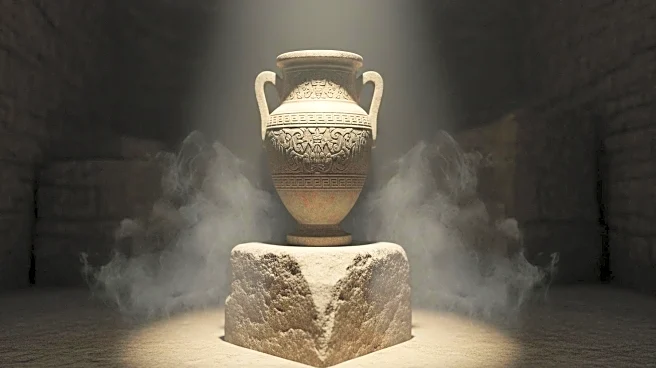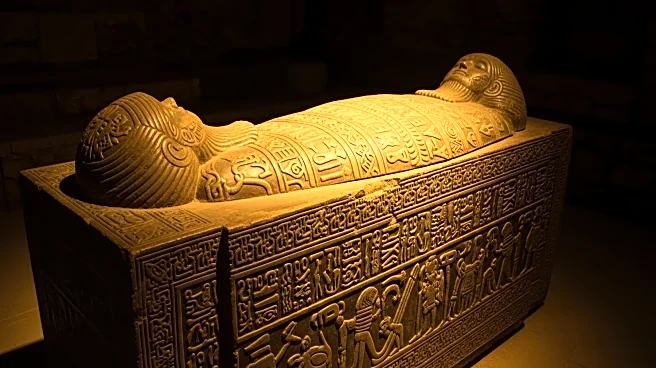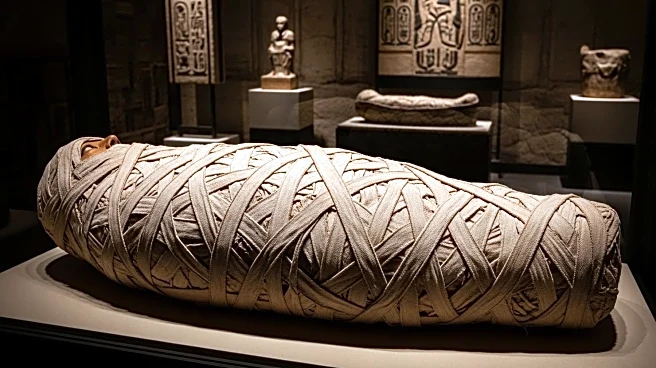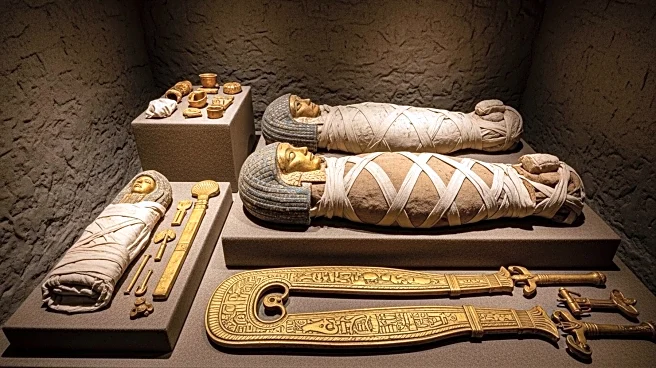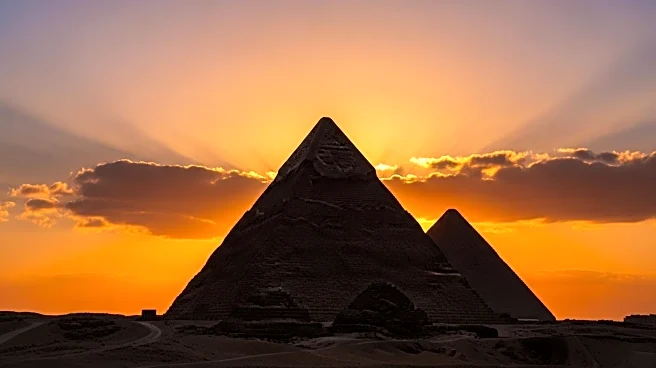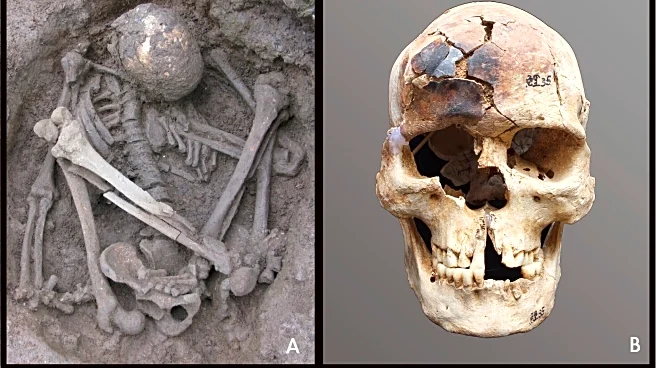What's Happening?
A recent study has uncovered evidence that the oldest known mummies, dating back 6,000 years before ancient Egypt, were found in East and Southeast Asia. Researchers analyzed 54 skeletons from 11 sites, identifying signs of prolonged low-temperature heating and fetal postures, indicating deliberate preservation before burial. This method, involving smoke-drying, allowed communities to maintain connections with ancestors. The findings suggest that these early mummification practices were used to preserve bodies in regions where natural desiccation was unlikely.
Why It's Important?
The discovery challenges previous assumptions about the origins of mummification, highlighting the cultural significance of body preservation in ancient societies. This research provides new insights into the burial practices and spiritual beliefs of early human communities. Understanding these practices can enhance our knowledge of cultural evolution and the development of complex societies. The study also underscores the importance of interdisciplinary research in uncovering historical and anthropological mysteries.

